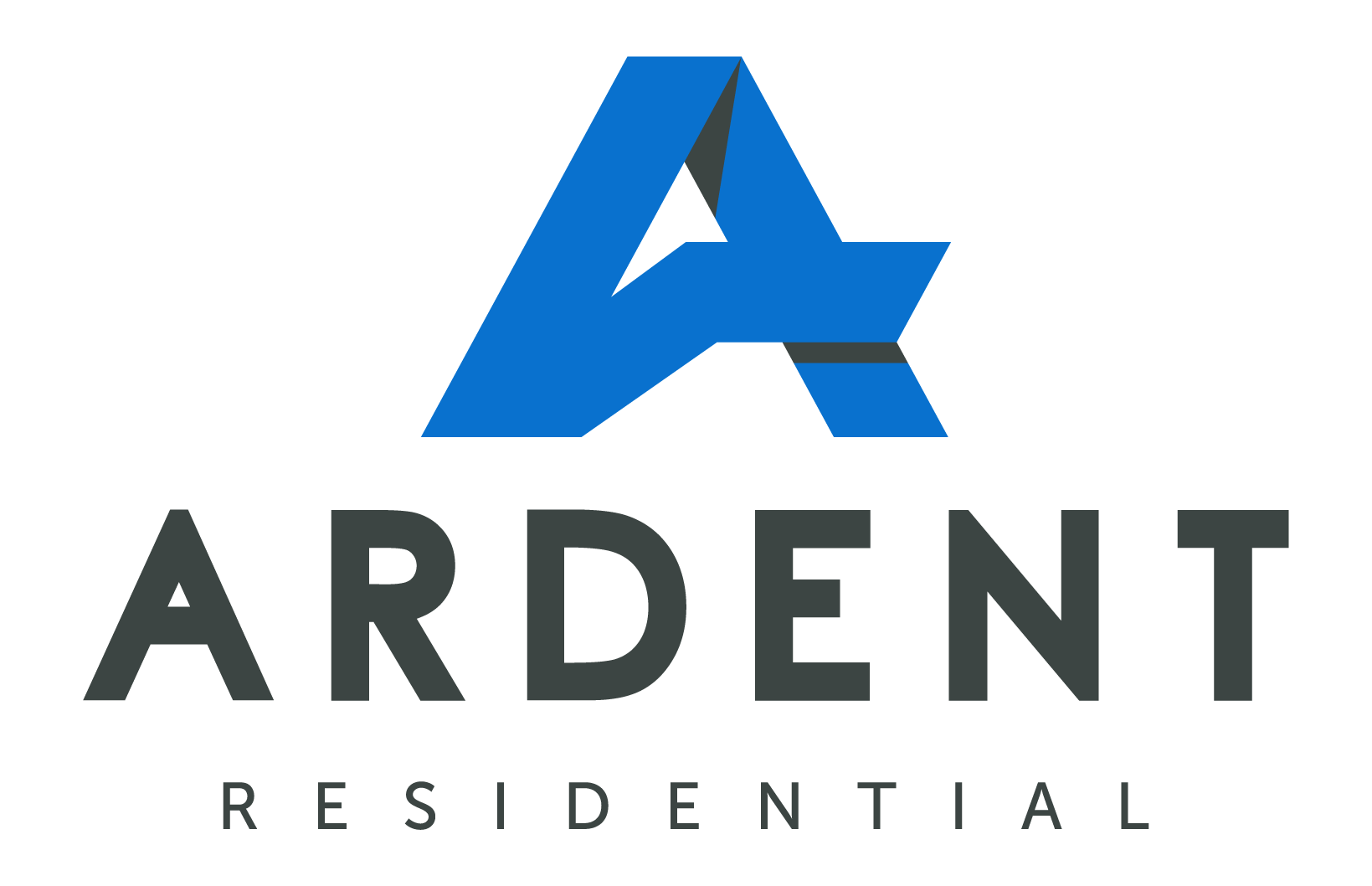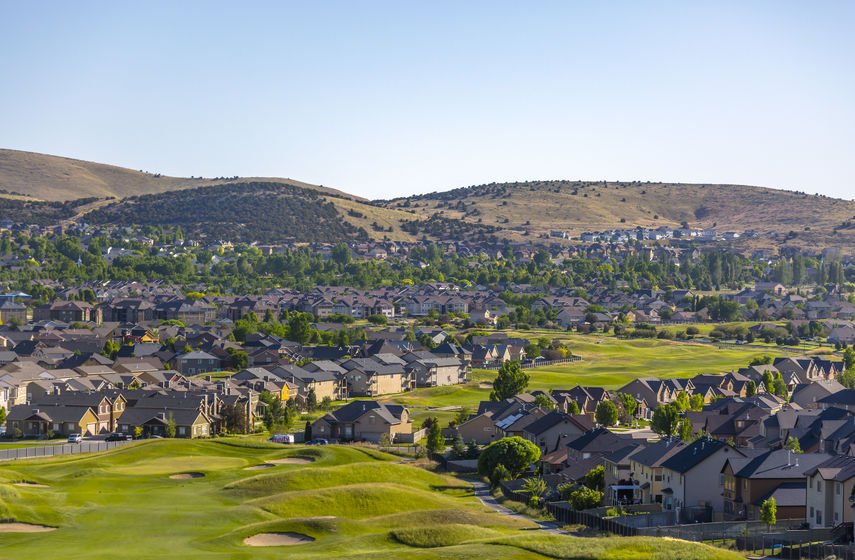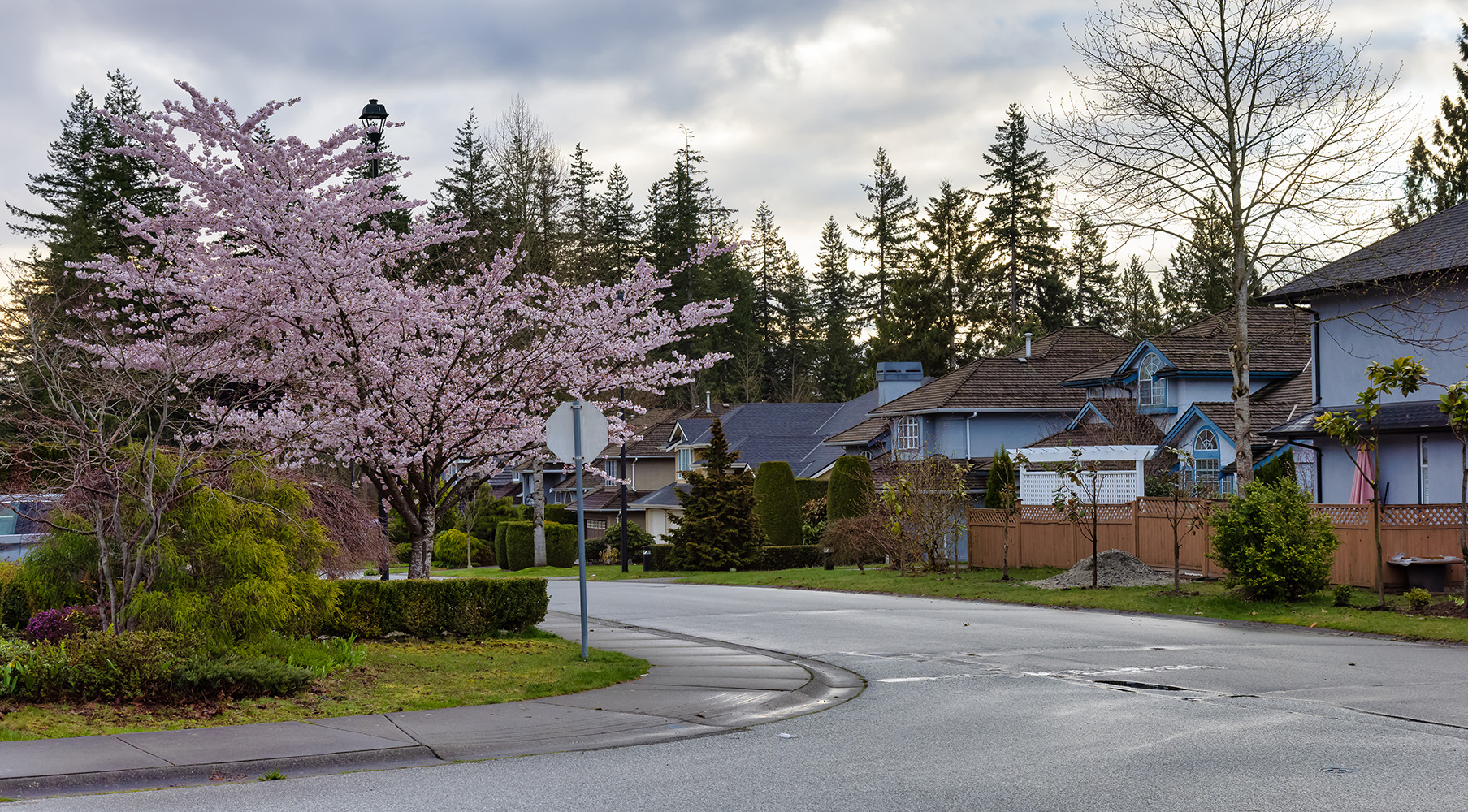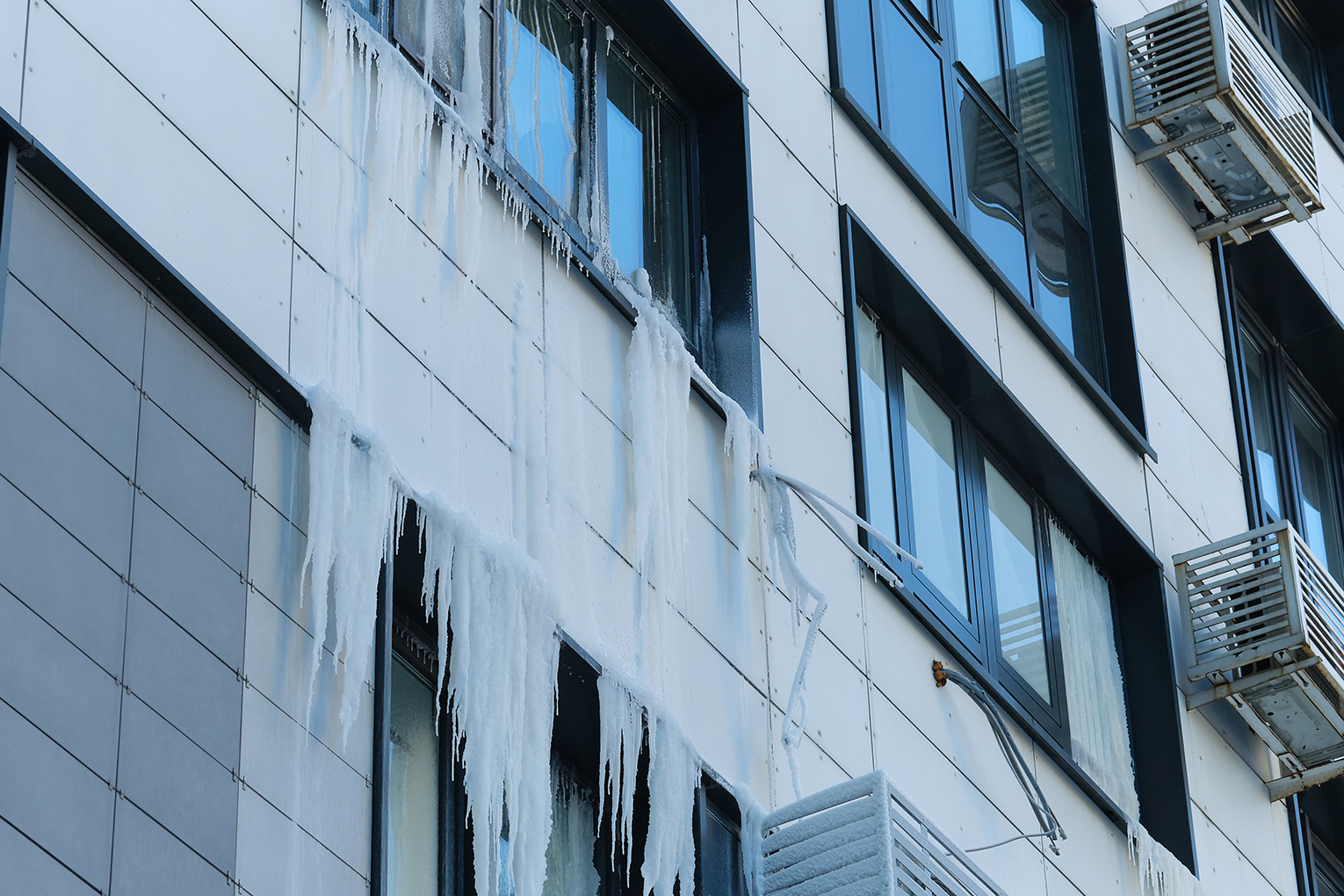Master-planned communities make it possible for you to share the cost of high-end amenities you might not otherwise afford. However, sometimes it’s tough to tell where your private property ends and shared areas begin. Here are some types of common elements or areas that may be present in your community. These general common elements are typically available for everyone to use.
Popular Shared Amenities in Master-Planned Communities
- Community Center
- Park or Playground
- Pool or Splash Pad
- Walking Path or Bike Trail
- Fitness Center
- Tennis Court
- Business Center
- Gazebo
- Conference Room or Meeting Space
- Laundry Facilities
Certain utility services such as shared internet access may also technically be common elements. Also, luxury golf course communities may have additional amenities including a clubhouse or even a restaurant on site. With mixed use associations, there may be even more common elements that are available to members and the public.
Rules about Using General Common Areas
Even though all community members are paying for the amenities, the property owners’ association still has the right to create rules and regulations. This may include age restrictions (such as children under a certain age must be in the company of an adult in the pool and fitness areas). Also, there are rules for staying off the grass, or wearing shoes on the treadmill. As a result, failure to follow these common sense guidelines could result in losing access to amenities.
Landscaping Elements
Typically, private yards around freestanding homes in an HOA are the responsibility of the homeowner to keep up. These yards are considered “owned elements”. Other common elements are fountains, entrance gates, areas around shared mailboxes, and other landscaped areas. The HOA handles the up keep of these common elements. For townhome associations and condo associations, the grounds around the units may be considered common areas. If this is the case, owners might not have to do any lawn maintenance. The dues paid by members cover the cost of landscaping.
Limited Common Elements
In townhomes and condos, balconies and patios are often considered “limited common elements.” This means the owner has exclusive use of the area, but there may be rules about how they can use the space. Ugly decorations, live animals, noxious tobacco smoke that stinks up nearby units, or even bird feeders that lead to accumulation of unsightly droppings may go against community guidelines. If a limited common element requires substantial repair (such as the siding on a condo), this will typically be the responsibility of the association. However, general upkeep is usually the responsibility of the unit owner.
How to Learn More about Common Elements in Your Community
For master-planned communities of all kinds, detailed information about the designated common areas is found in the governing documents (often called the CC&R or Covenants, Conditions, and Restrictions). These documents and any additional written policies should tell you what the common elements are and there possible uses. You can even look at the development’s plat or map to see the location of each element.
It’s important to understand your rights and responsibilities—especially before you do renovation or make other changes to your property. When remodeling impacts a common element, this could cause problems with your co-op board.
Want to learn more about HOAs and master-planned communities? Contact us today.





